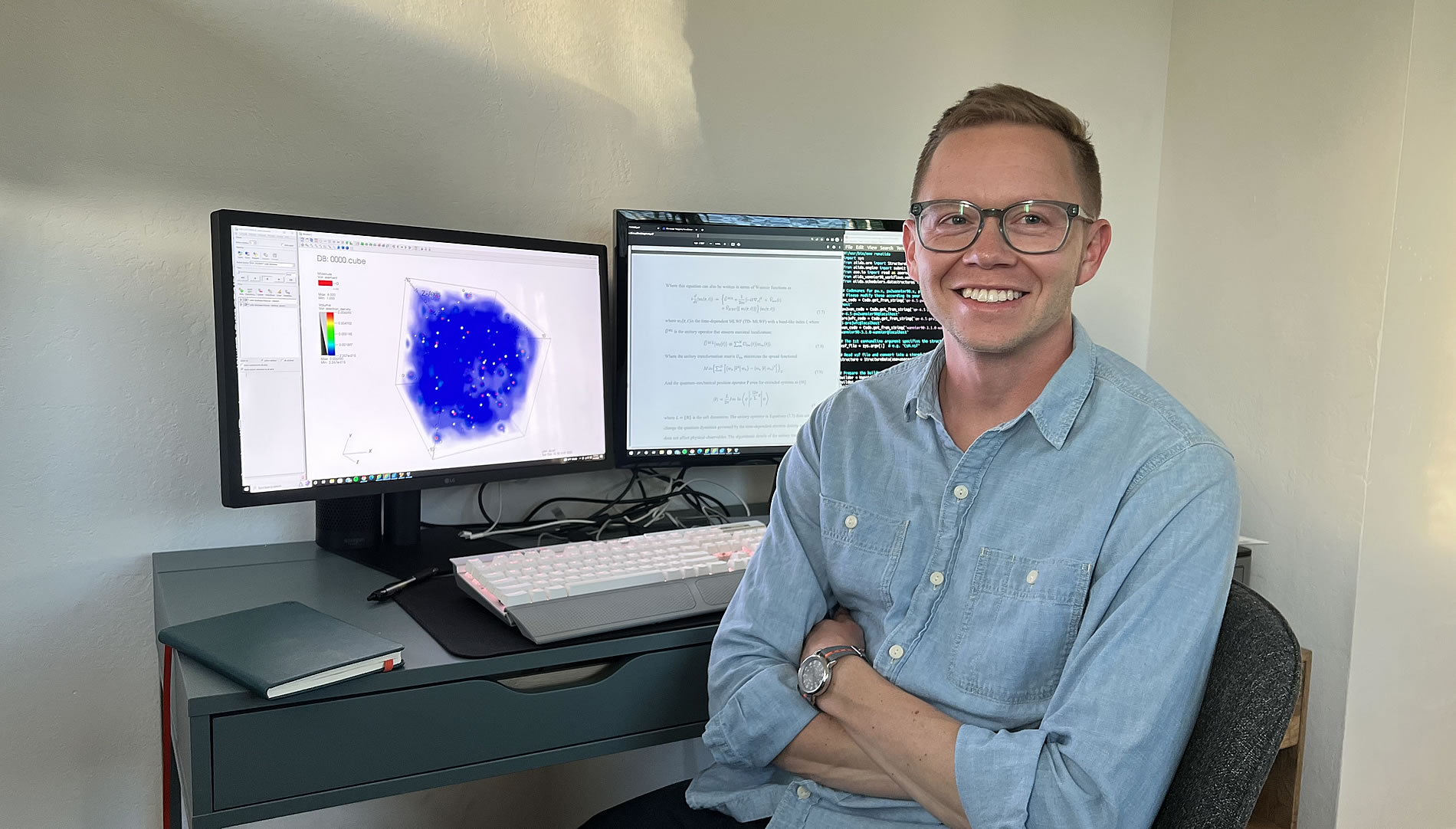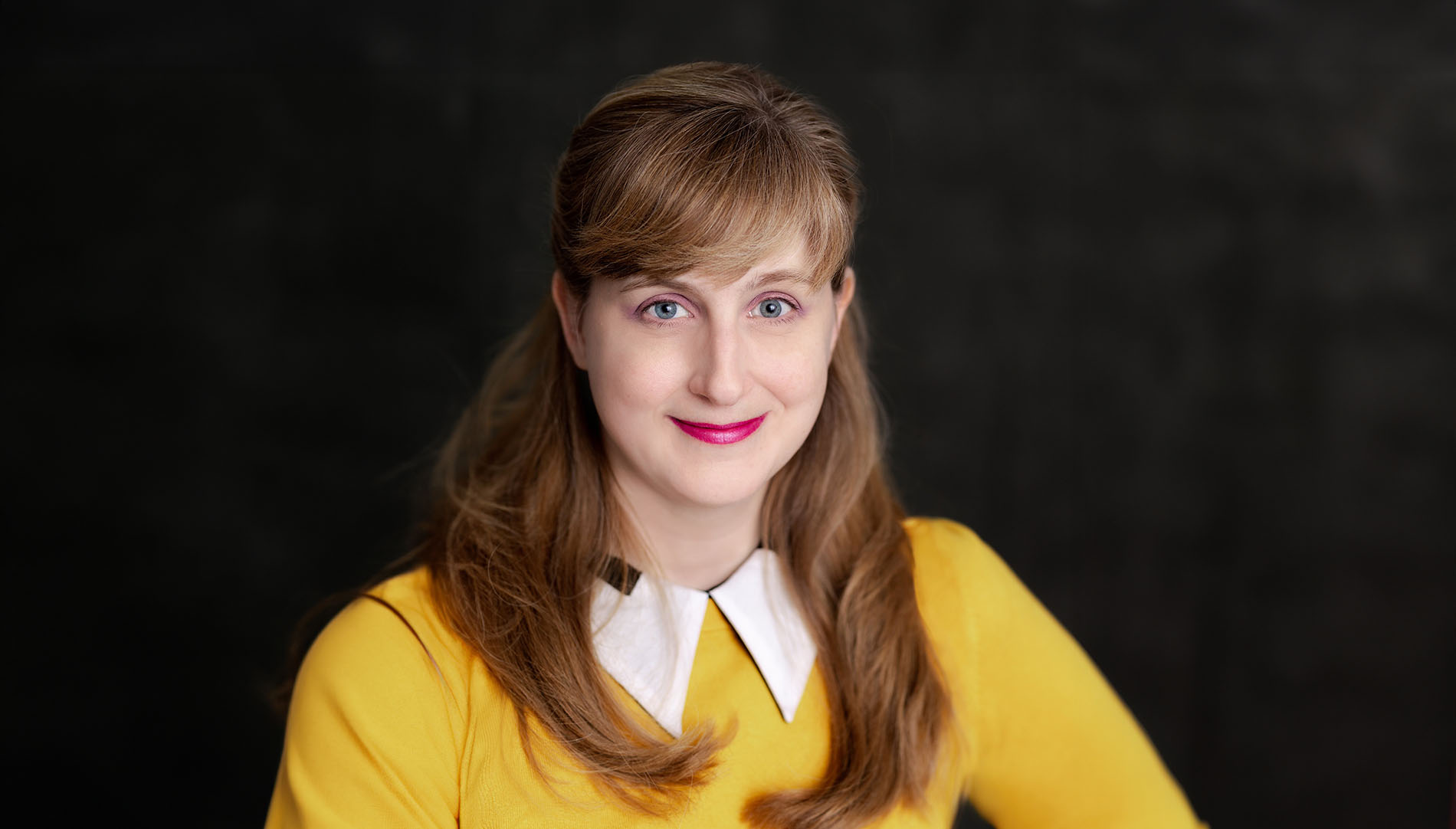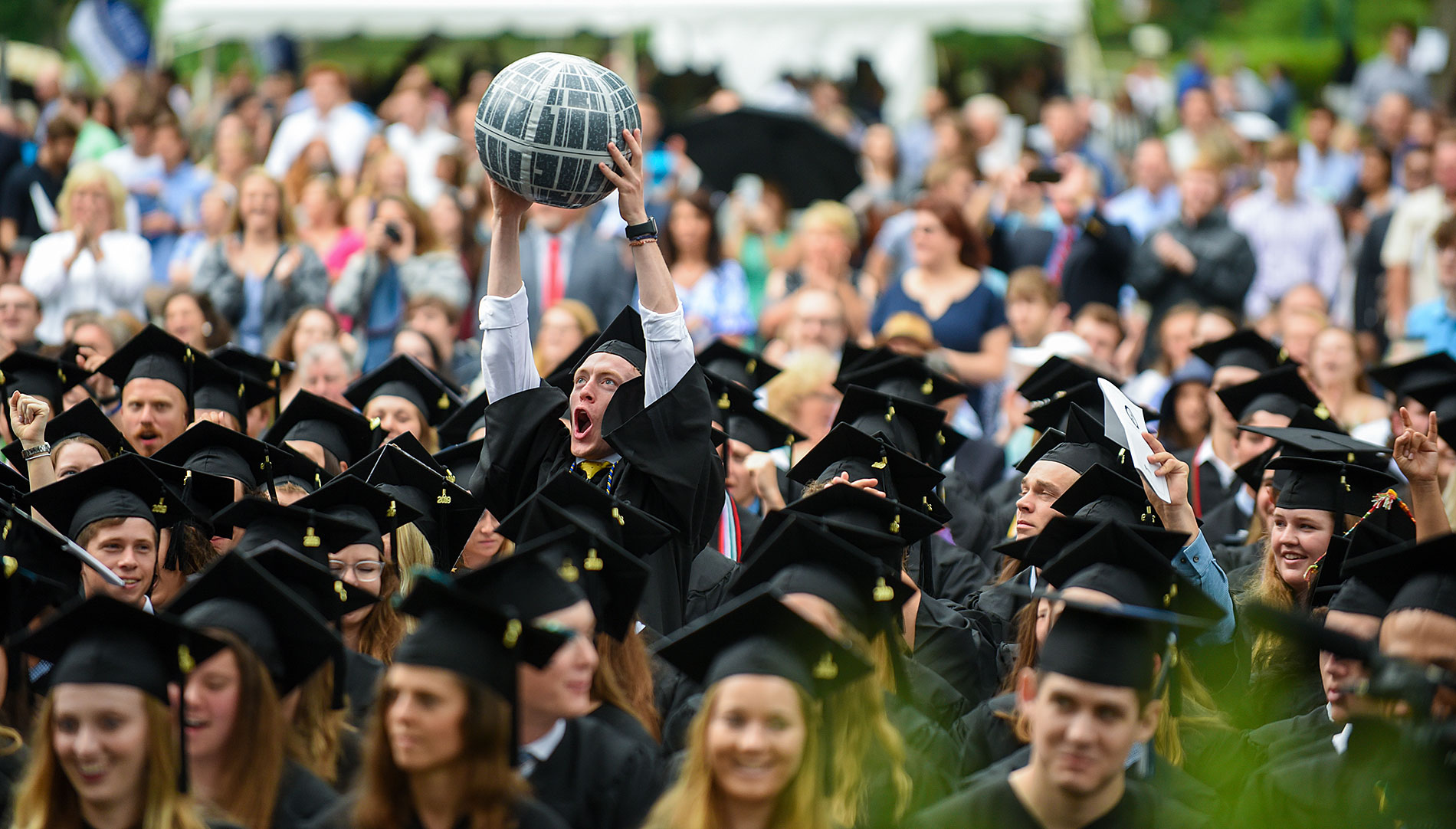Dillon Yost ’14 recently joined Lawrence Livermore National Laboratory in California where researchers just experienced a major achievement: producing more energy in a fusion reaction than was used to ignite it — known as net energy gain. This breakthrough represents a milestone in scientists’ efforts to harness nuclear fusion (that is, the process that powers the sun). How significant? It marks a stride toward possibly using an abundant source of carbon-free energy in a matter of decades.
“It’s an incredible privilege to be joining LLNL at this moment,” Yost says. “Clearly, the talent and dedication here are second to none, and the future is bright. I couldn’t be more excited to contribute to the lab’s science mission.”
The building blocks to Yost’s career began at Berry. He knew he wanted to be a chemist. However, Yost was unsure of his fit with traditional chemistry. He also loved his math classes. Was he headed in the right direction? His advisor listened and connected him to Associate Professor of Physical Chemistry Ken Martin and Professor of Mathematics Ron Taylor. Yost described his dreams for his future, and they encouraged him toward research that would combine his interests. He could run computer simulations on molecules using the principles of physics. Little did he know, these professors were introducing him to research that would lead to post-doctoral work at MIT and NASA.
“This was my first exposure to computational chemistry,” explains Yost. “I didn’t know this was a field that existed, but I was excited about its cross-disciplinary nature. It’s crazy that this is what I still do almost 10 years down the road.”
Yost became a math and chemistry double major and received the Berry Synovus Grant, which is designed to help students pursue research early in their careers. This foundation led to a Research Experience for Undergraduates (REU) with the National Science Foundation, and he completed his Honors thesis in computational chemistry research.
Yost was just as grateful for his classes: “Proof Structures was a hard, influential course, and it translated well into research work. In the math and sciences at Berry, there is a strong emphasis on critical thinking and creative problem-solving rather than memorization. This can make upper-level courses difficult and small with lots of responsibility on students to be effective communicators, to solve problems, etc. But this was the skillset I needed in the long run.”
Yost’s experiences propelled him into the Ph.D. program in physical chemistry at the University of North Carolina at Chapel Hill. From there, he continued to a post-doctoral program at MIT studying nano materials. During this stint, he joined a large-scale collaboration with NASA due to his experience with materials modeling. After project completion, NASA recruited him as a contractor at the Ames Research Center where he focused on the use of quantum computing as a tool for chemistry and materials problems.
Mindful of the steps taken to his current position, Yost offers this encouragement to students interested in research: “Knock on your professors’ doors. Ask them about their career trajectories. They are as excited about their subjects as you are, and their advice cannot be found in a course catalog. Also, have a strong community of friends who are also willing to work through hard problems. That’s really important.”



